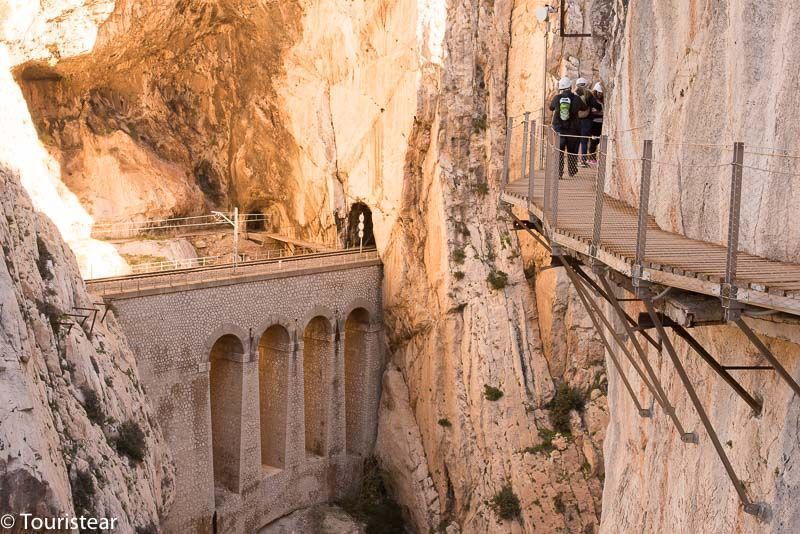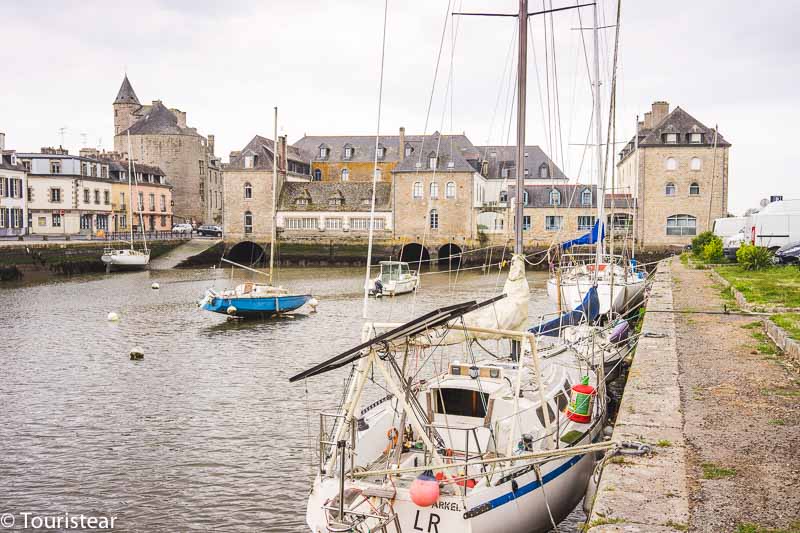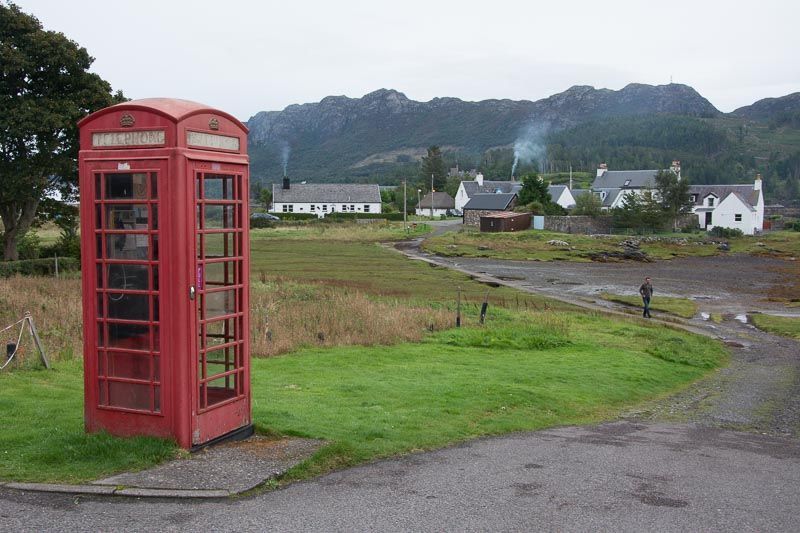Practical Guide to Visit Dordogne – Perigord
If you are thinking of visiting the Dordogne – Perigord, you have to read this post. It is a practical guide to visit this region and plan your trip to one of the most beautiful provinces of France (said by the French themselves)
In the previous post, I described the 7-day road trip itinerary around the Dordogne in a van (read it now). That was the itinerary that we made, and that will help you organize yours.
Practical Guide to Visiting the Dordogne – Perigord

What is the Proper Name: The Dordogne or the Perigord?
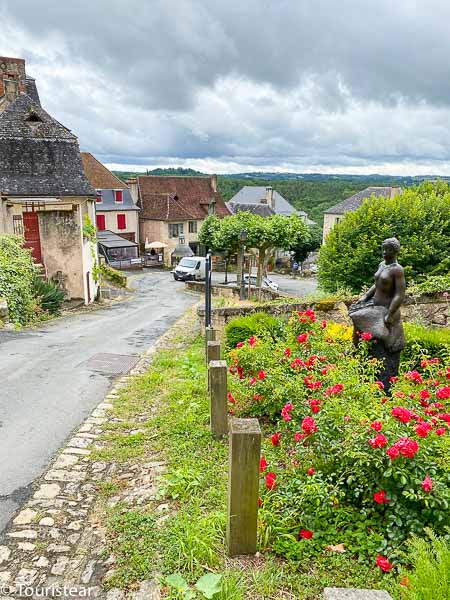
We begin this practical guide to visiting the Dordogne – Périgord with the question we have all asked ourselves: Dordogne or Périgord? Are Dordogne and Perigord the same thing?
The Dordogne Department is very often called by its old name: Périgord. This is because the ancient province of Perigord was larger than present-day Dordogne.
The name change is due to the French Revolution, where it was decided to call the provinces a department, and their names are due to the main river that crosses them.
In the case of the Périgord, its name was changed to that of the province’s main river, and it was renamed Dordogne. But the French continued to call this department Périgord.
The Périgord evokes more gastronomy and land, and the Dordogne evokes nature, outdoor activities, and the countryside.
You will see that the Dordogne is divided into 4 “Perigords” Black, White, Green, and Purple. Additionally, the inhabitants of the Dordogne are still called Périgordins (in French), as formerly.
Where the Dordogne – Périgord is and how it divides
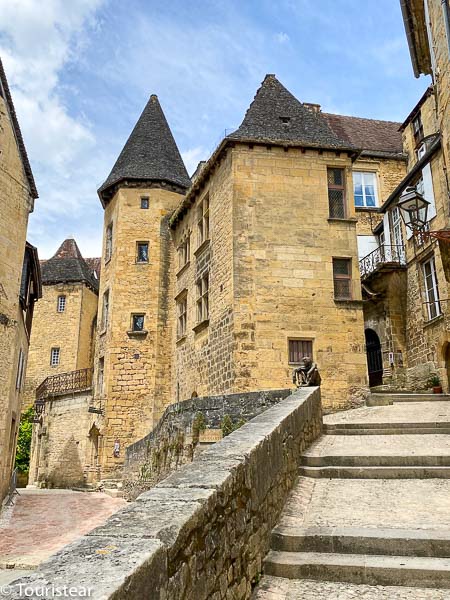
Dordogne – Perigord is located in the New Aquitaine region. The Regions are a few provinces united under one governor, kind of like a state in the US, but with less power.
It has an area of 9060 km2 (3500 square miles), and more than 400,000 inhabitants, and its main cities are Périgueux, Bergerac, Sarlat, Nontron, Terrason, and Ribérac.
The four colors of the Périgord
Périgord Black
Périgord Noir is a natural, historical, and tourist area. It owes its name to the green oak forests that give a dark appearance to this region of the Dordogne (nothing to do with the truffle).
In the Perigord Noir, you will find medieval villages, fairytale castles, and unforgettable landscapes.
Read the 10 most beautiful villages in the Dordogne.
Perigord White
Périgord Blanc is the region’s economic heart and owes its name to the limestone color of this area.
Périgord Green
The Perigord Vert, north of the department, is the lung of the Dordogne, and as you can imagine, it owes its name to the vegetation. But, first, you have to visit Brantôme: the green Venice of Perigord.
Périgord Purple
The Périgord Pourpre owes its name to the color of the wine it produces. Its capital is Bergerac, and this area is full of charming villages and has a rich historical heritage.
It suffered from the 100-year-old war, has strongholds (“bastides”) of English origins such as Monpazier, Beaumont-du-Périgord, and Eymet (the latter of French origin).
Brief History
The different periods that characterize Perigord are as follows…
Prehistory
The Paleolithic: During this region’s glacial period, there were reindeer and mammoths reflected in the cave paintings that can be seen in the caves of Lascaux (a must-visit that we could not see due to COVID-19).
In this period (400,000 years ago), men lived at the foot of the limestone cliffs that we see scattered throughout the Vezere Valley and the Dordogne, like those of the Roque St Christophe.
The Neolithic: during this period, man began to become more sedentary, agriculture developed, and metal began to work.
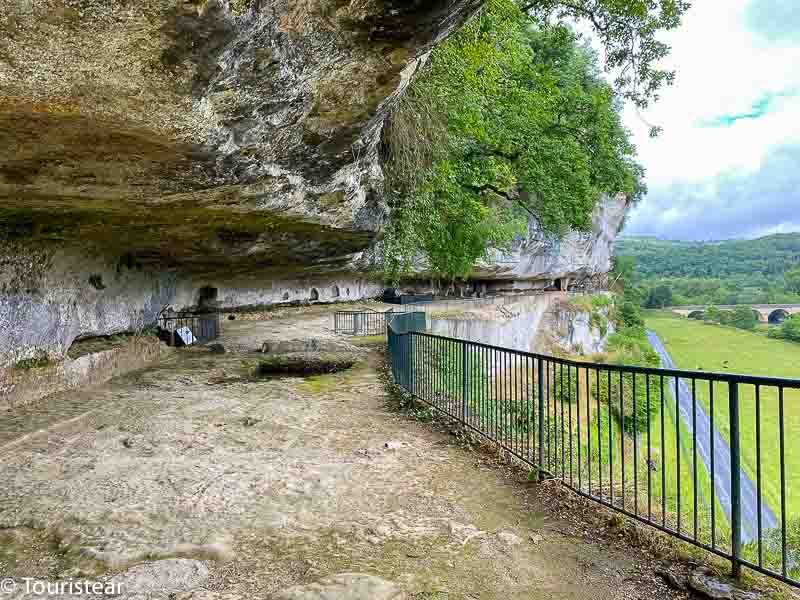
Antiquity
It is characterized by the birth of the territory “Petrocore” (gala community dating from 400 years before Christ) that, after the war of the Gauls, became one of the cities of the Roman province of Aquitaine, whose head of the place is Vesunna.
In Vesunna, important urban facilities were built during this period (aqueducts, amphitheaters, etc.), some of which can still be found in the current walls of Périgueux.
The Middle Ages
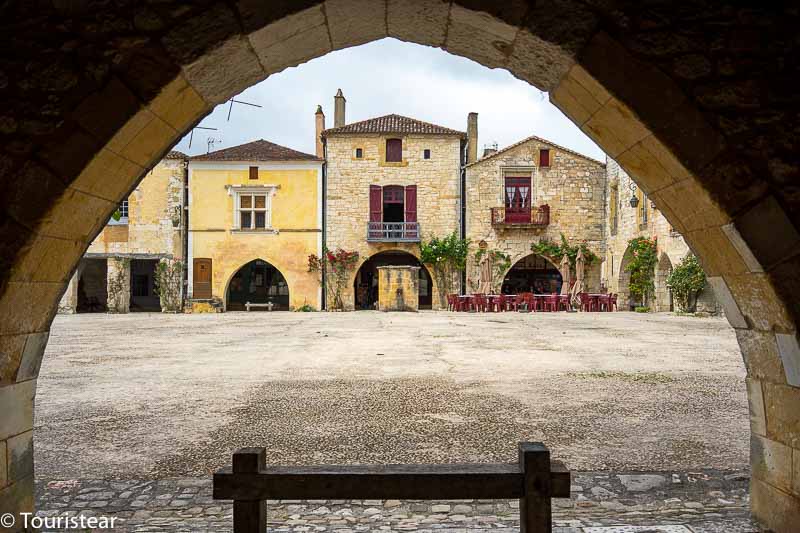
In Dordogne, more than 1,000 castles, mansions, and stately homes are distributed along the valleys of Dordogne, Vézére, and the island.
The construction of these castles stretched from the eleventh century to the French Revolution, so the castles that we can visit today are characterized by the juxtaposition of various architectural trends.
As for the “bastides,” they were created in the thirteenth and fourteenth centuries and are located in the southwest corner of the department (country of Dropt).
They bear witness to the confrontation between the King of England and the Earl of Toulouse.
The main feature of a bastide is its geometric plan articulated around the Place du Marché, such as Monpazier’s bastide.
How to Get There and Visit the Dordogne
You can reach the Dordogne – Perigord in several ways, the best method is using your own transport, whether it is by car, van, motor-home, motorbike, or even bicycle for the more athletic.
- You have trains from Bordeaux to Sarlat, you have trains + buses from Paris.
- Paris-Toulouse line with stops at: Brive (Corréze) et Souillac (Lot). Then you take Bus 6 from Transpérigord for Souillac-Sarlat.
- Train line Paris-Agen: stops in Périgueux.
- Train line Bordeaux-Lyon: stops in Périgueux (Dordogne) and Brive (Corroze)
- Line TGV Paris-Libourne (Gironde): switches to the TER line (regional train) Libourne-Sarlat. *TGV: high-speed train
In larger cities like Périgueux or Sarlat, you can rent a car to explore the Dordogne.
Or you can rent a car, van, or motorhome in Paris or Bordeaux and start the road trip from there.
How many days do you need to visit the Dordogne-Perigord
To visit the Dordogne – Perigord you need at least 5 days if you do it by van, as you travel slower than by car.
Recommended 7 days to make a road trip through the Dordogne, and if you can do more, better. There are so many things to do and visit!
To visit the Dordogne, you have to keep in mind that the roads are winding and you travel slower.
When you start preparing your itinerary, you’ll realize how many things there are to do:
- Do you like castles?
- Are you going to visit medieval villages?
- Abbeys, churches, museums?
- Do you like outdoor activities?
- Do you want to visit grottoes?
- Want to see troglodyte cities?
- Visit gardens, viewpoints, vineyards
- Gastronomic Tours.
- Etc.
As you can see, there is a lot to visit, and you will have to choose.
- Check out our 7-day van itinerary through the Dordogne.
Schedules
To eat or dine out: the schedules are European. Lunch hours are between 12 and 1:30 in the afternoon.
And for dinners are from 19 to 21.30 h. More touristy or fast food restaurants can be more flexible with these schedules.
Perigord Gastronomy
Perigord products are known worldwide:
- Bergerac wines
- Nuts, strawberries, and tobacco.
- Foie gras, truffle, and mushrooms.
- The confit and the duck magret, the potatoes, and the sauces.
Traveling by Van – Motorhome Through the Dordogne-Périgord
Traveling by van or motorhome around the Dordogne is super easy. There are areas for camping cars in virtually every village. Some of these areas are free, and others are paid. The paid ones are better located, closer to the villages.
There are also many campsites, which occasionally are a good idea to visit and give you a dip in their pools, give you a longer shower, wash clothes, etc.
To buy groceries, you will find large supermarkets on the outskirts of the largest cities.
But my recommendation is that from time to time you buy in the local markets, they are a little more expensive, but you will find excellent quality and typical things that you have to try on your trip.
The Dordogne, and France in general, is very Van-friendly and you will enjoy it awesomely.
What are your recommendations for visiting the Dordogne?
Plan Your Trip to the Dordogne Region
- 7-day road trip through the Dordogne – Perigord by van
- The most beautiful villages of the Dordogne
- Tips for van travel
- Accommodation in the Dordogne Valley

Last Updated on 5 October, 2023 by Veronica






